Bank account takeover is a growing challenge for both banks and consumers due to increasingly sophisticated attack tactics and the expanding digital landscape. For banks, ATO attacks pose a grave threat to their security systems and reputation, requiring continuous investment in advanced technologies and strategies to detect and prevent account takeovers.
As more and more consumers rely on online banking and digital payments, ATO in banking can expose them to heightened risks of financial loss and identity theft. It is imperative that both banks and consumers remain vigilant and proactive in mitigating this growing threat.
What Is Bank Account Takeover Fraud?
Bank account takeover fraud refers to unauthorized access to a user’s bank account, often through harvested credentials. After a bad actor takes over an account, they typically manipulate the account, such as by siphoning funds or performing criminal activities including money laundering.

The Underlying Concept and Its Relevance
The underlying concept of a bank account takeover fraud is to gain illicit access to a consumer’s bank account information and use the compromised account for a plethora of criminal activities. To maximize returns, bad actors scale their attacks using easily available commoditized tools, especially bots and automated scripts.
In a fast-growing digital world with greater consumer reliance on online banking and digital transactions, the threat of bank account takeover fraud has increased manifold. Bank account takeover fraud exposes users and banks to a greater risk of financial and reputational damage.
The Impact of Successful Account Takeover Fraud
A successful bank account takeover fraud can cause significant financial losses to impacted consumers through draining of funds or unauthorized transactions and payments. Further, it can disrupt the financial stability and trust in banking systems, leading to long-term business consequences.
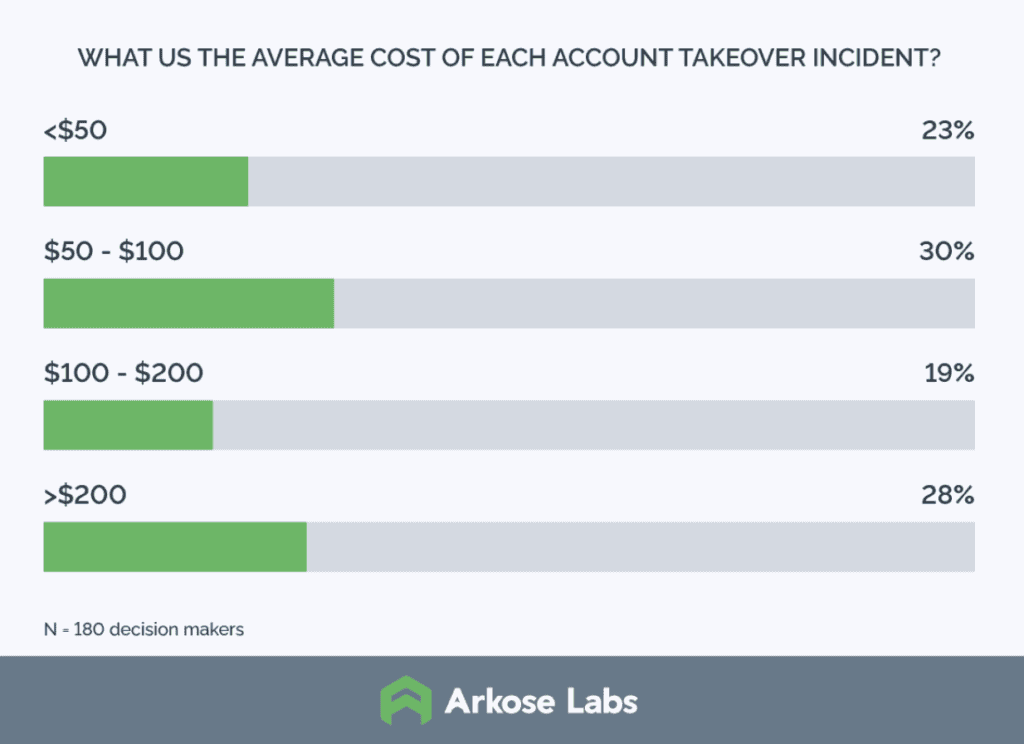
The Effect on Customers
Account takeover fraud in banking can cause immense financial losses and result in a heightened risk of identity theft. When cybercriminals misuse compromised user accounts and credit card numbers for fraudulent purposes, they damage the consumer’s credit scores, credit reports, and online reputation.
The Effect on the Reputation of Financial Institutions
Compromised accounts can cause significant financial losses to banks in the form of costs accrued due to account recovery, reimbursements to the affected customers, additional burden on customer support services, and investing in additional fraud prevention measures. Further damage includes operational disruptions that can delay customer request fulfillment, resulting in customer annoyance and reputational damage.
Negative publicity in the age of social media spreads fast and not only has the potential to affect revenue generation opportunities but also the ability to acquire new customers. Being highly regulated, banks and other financial institutions may attract fines, penalties, and legal action for failure to safeguard consumer data.
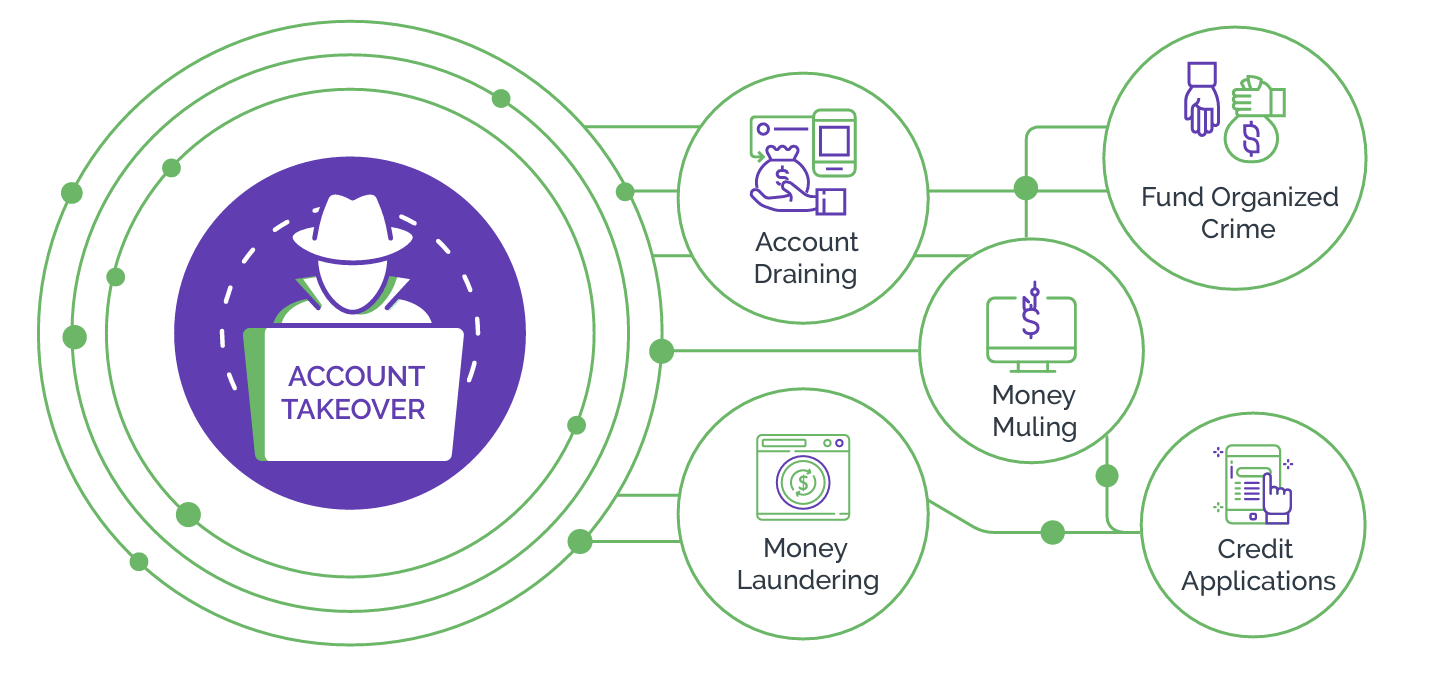
The Role of Bots in Account Takeover Fraud
Automated bot attacks play a central role in bank account takeover fraud. By automating various stages of the attack process, such as credential stuffing and password spraying, bots enable attackers to quickly achieve scale.
Additionally, bots facilitate fraudulent financial transactions at a speed much higher than a human and evade detection by masking the activity. This makes it harder for security teams to detect and prevent bank account takeover fraud efficiently.

Techniques Used in Account Takeover Fraud
Phishing and Other Scams
To access consumers’ financial credentials, bad actors leverage automated phishing attacks, where they impersonate legitimate institutions in the financial services and trick users into sharing their financial and personal information.
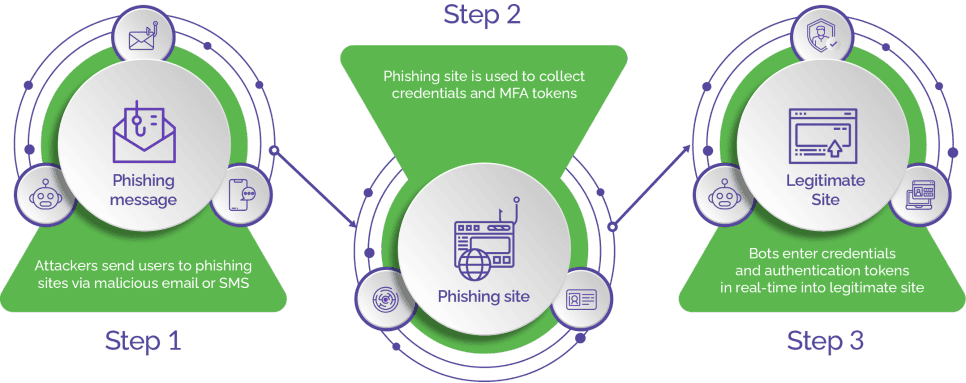
In addition to phishing, bad actors use social engineering tactics, such as impersonating customer support representatives from the bank to manipulate users into providing account access. Automated bot attacks, especially brute force and credential stuffing attacks, enable attackers to validate username-password combinations that are then used to fuel ATO attacks. Bad actors also use malware to infect mobile phones and other devices to capture keystrokes that help harvest credentials for use in bank ATO.
Role of Unsecured WiFi and Brute Force Attacks and
Unsecured WiFi networks enable attackers to intercept sensitive information transmitted between mobile devices and banking servers that can be used for ATO attacks. In other situations, bad actors can conduct brute force attacks and exploit vulnerabilities in authentication systems to gain access to banking accounts.
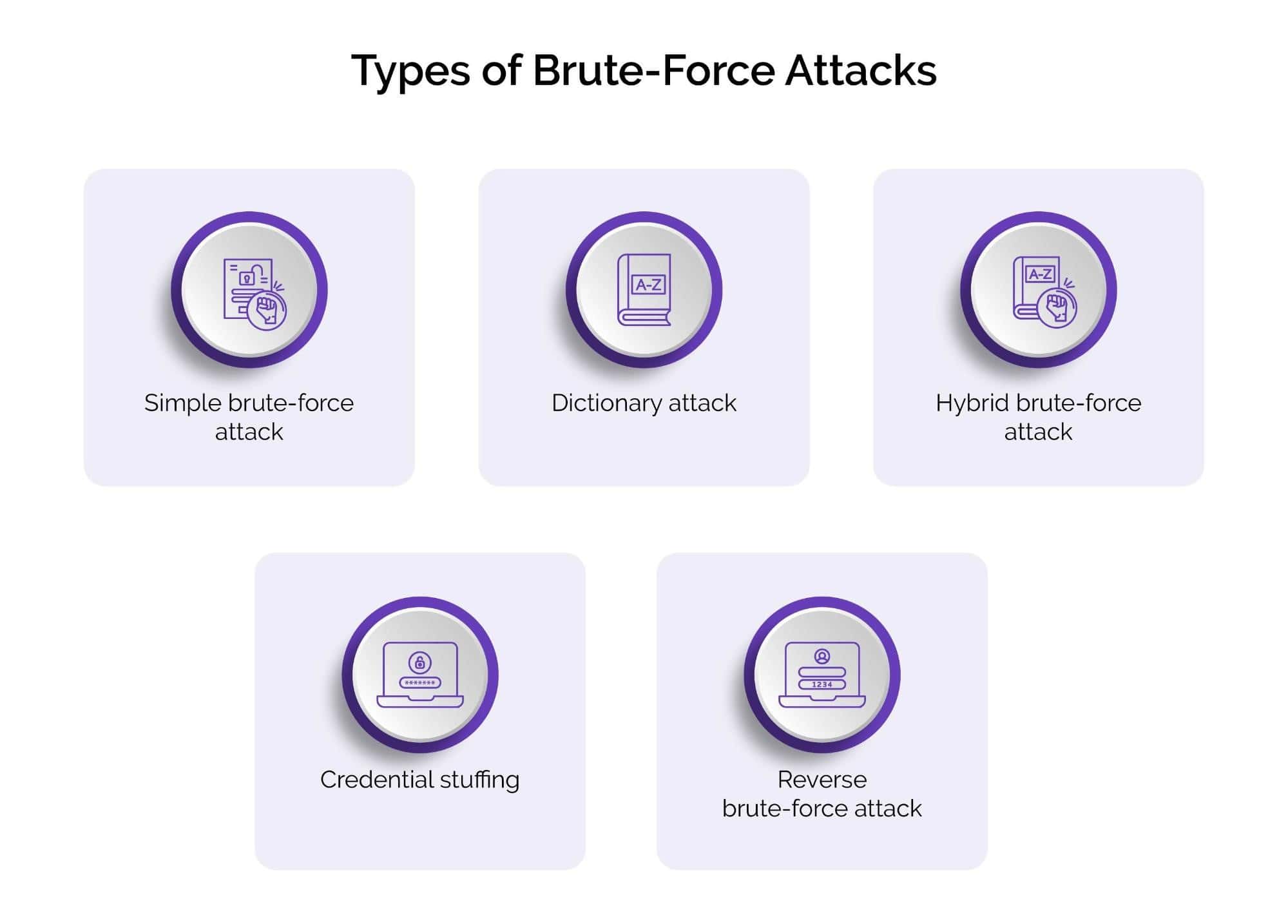
Session Hijacking and the Rise of AI in Fraud
Using session hijacking techniques, attackers can intercept and hijack active sessions between users and banking servers to gain unauthorized access to sensitive information and transactions. Leveraging AI, attackers can automate and enhance the sophistication of session hijacking attacks, exploit vulnerabilities in authentication mechanisms or encryption protocols used by financial institutions, and evade detection.
Recognizing Account Takeover Fraud Red Flags
For effective fraud prevention, banks must remain ever-vigilant and recognize account takeover red flags.
Common Indicators of Possible Fraud
Phishing attacks executed through unexpected emails or messages asking consumers for personally identifiable information or login credentials are the biggest telltale of an attempted account takeover attack. Unusual activity such as unrecognized or fraudulent transactions or changes to account settings, and difficulty logging into the account even with the correct credentials, are other signals of an account takeover attack.
For institutions, a sudden increase in customer complaints regarding fraudulent transactions or compromised financial accounts can be indicative of a potential account takeover fraud. Unusual account activity, such as multiple failed login attempts, several changes to account information, and a surge in fraud alerts could be an account takeover attempt.
Importance of Timely Detection
Timely detection of ATO in banking enables financial institutions to act quickly and prevent further damage. It also allows quick investigation to identify the root cause, implement necessary security measures such as smart CAPTCHA, prevent future breaches, and maintain customer trust.

Response to Account Takeover Fraud
When faced with an account takeover attack, there are certain measures that consumers and organizations in the financial services can take. These include:
Immediate Steps for Victims
Report the incident to the concerned bank, financial institution, and the concerned law enforcement or regulatory agencies. Freeze the compromised account to prevent further unauthorized transactions. Change the passwords not only for the compromised online account, but also for other accounts that may share similar login credentials. Closely monitor financial statements for any suspicious activity.
Role of Financial Institutions in Assisting Victims
Once the bank discovers on its own or a consumer reports a suspected account takeover attack, the financial institution typically freezes the compromised online account and initiates an investigation. The bank requests account holders to share documentation and details of unauthorized transactions to facilitate the recovery process, then works with the affected account owners to secure the online account, recover any lost funds, and implement additional security measures to prevent future incidents.
Preventing Bank Account Takeover Fraud: A Proactive Approach
Financial institutions must consider using the following strategies to effectively mitigate the risk of ATO attacks:
Implementing Strong Security Protocols
Implement advanced bot detection solutions that can identify and block malicious bot activity in real time. Smart bot management solutions, such as Arkose Bot Manager, leverage the latest technologies including artificial intelligence, machine learning, behavioral biometrics, device fingerprinting, and more, to analyze user behavior and network traffic patterns in real time. This helps thwart bot-enabled ATO fraud early in the tracks, while maintaining superior customer experience.
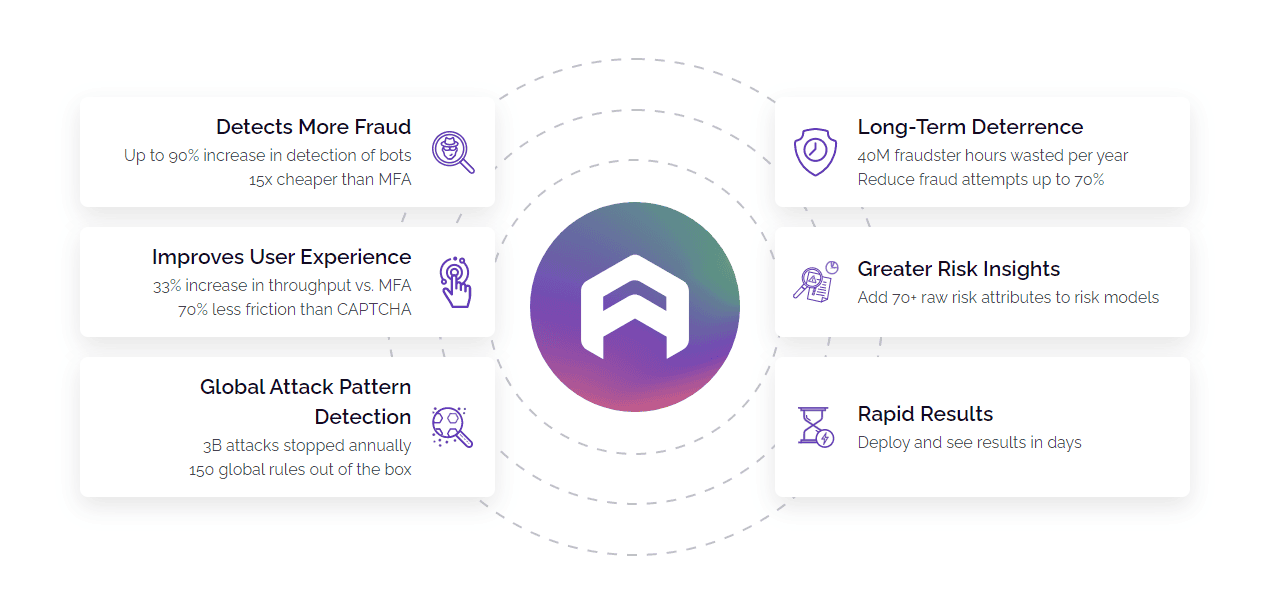
Importance of Real-Time Fraud Detection and Prevention
Real-time fraud detection and prevention help identify suspicious activities and prevent unauthorized access before further damage occurs. Using multi-factor authentication and real-time monitoring systems can help add an additional identity verification layer to prevent unauthorized access and flag suspicious activities for further investigation. By leveraging machine learning algorithms, banks can analyze large datasets for anomaly detection to effectively respond to evolving bot attack tactics.
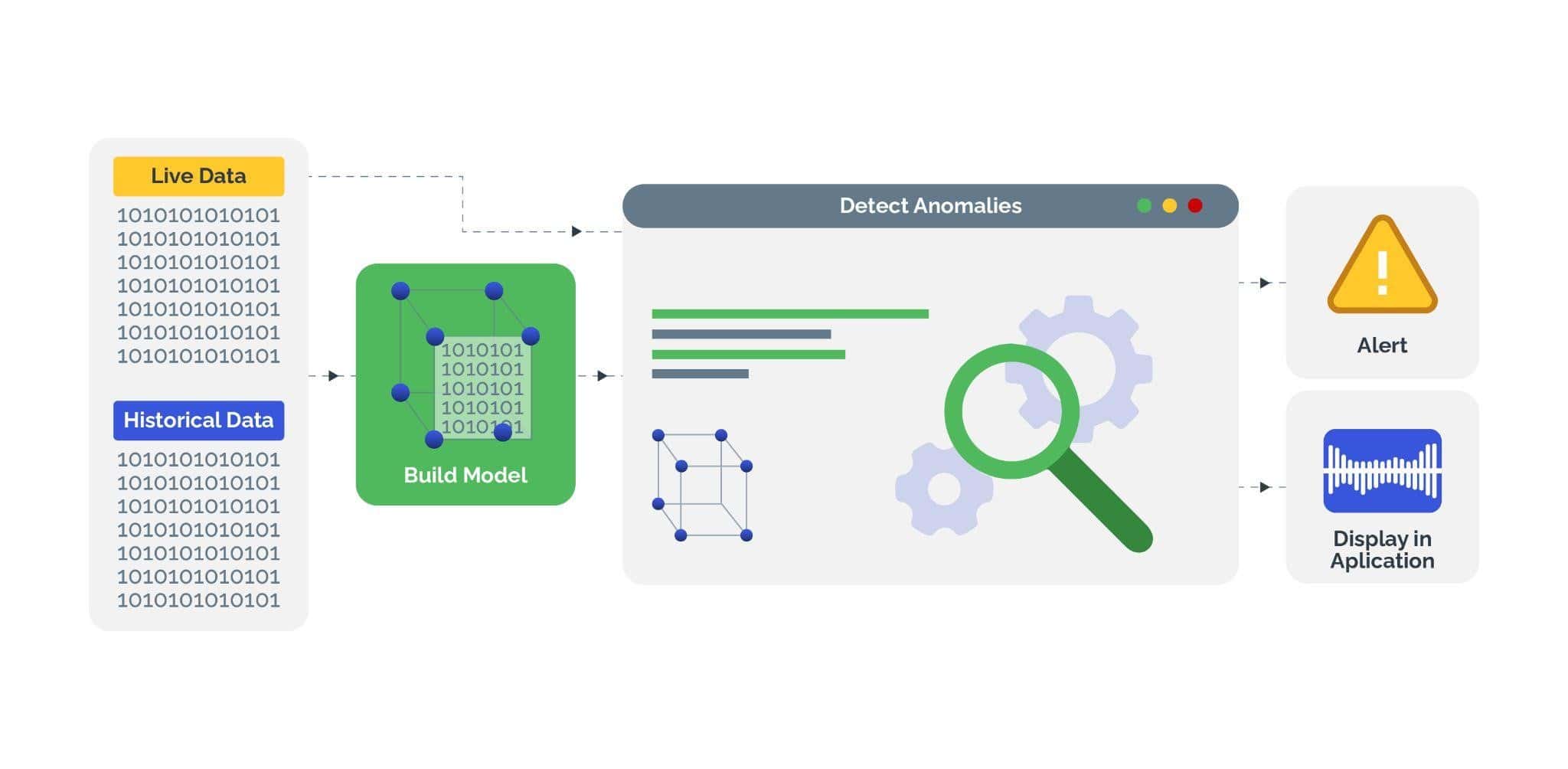
Investing in Cybersecurity Education and Training
Banks and financial institutions should conduct cybersecurity training for awareness and educational purposes. This enables individuals to spot common phishing emails and help safeguard sensitive and personally identifiable information. With up-to-date knowledge about emerging threats and cybersecurity best practices, individuals can recognize and respond to suspicious activities more efficiently.
Strengthening the Security Framework
To strengthen their security framework, banks must implement multi-layered authentication methods, such as biometrics and multi-factor authentication. One of the most effective techniques is to implement a bot detection and mitigation solution that can detect suspicious log-in activity before the bad actors have a chance to take over an account.
In addition, regular review and updates to the monitoring policies and procedures can help maintain the effectiveness of fraud detection efforts, while keeping pace with the emerging threats and industry best practices. Investing in advanced technologies like artificial intelligence and machine learning can enhance the ability to adapt to an evolving threat landscape and protect user accounts effectively. This will not only help prevent ATO in banking, but also comply with data privacy regulations.
How Effective Are Current Account Takeover Fraud Prevention Methods?
Current account takeover fraud prevention measures may vary in effectiveness depending on implementation, sophistication of attacks, and the evolving threats. Although fraud prevention systems have significantly improved security, attackers continue to use innovative tools and techniques to bypass these defenses. Therefore, it is critical that banks and financial institutions continuously adapt to the changing threat landscape and invest in cutting-edge technologies and strategies.
Want to know more about how you can protect your banking customers from ATOs? Learn about Arkose Labs account takeover protection.
